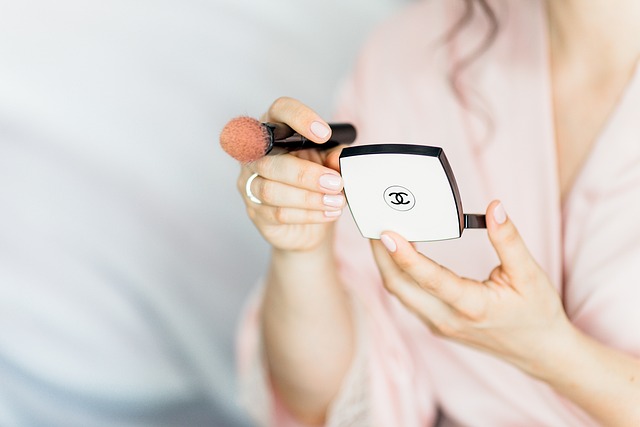Understanding Brush Lighting Techniques in Photography
Photography is an art that intertwines creativity with technical skill, and mastering the nuances of lighting can make all the difference in your photographic journey. Among the multitude of lighting techniques, brush lighting stands out as a powerful method to elevate your images, allowing you to paint with light much like an artist uses a brush on canvas.
What is Brush Lighting?
Brush lighting is a technique where you selectively illuminate parts of a scene using your camera’s flash or external light source. The goal is to create depth and dimension, much like how a painter highlights specific areas to draw focus. This method helps to enhance the texture and details of your subjects, whether it’s a landscape, a portrait, or an intricate still life.
The Tools of the Trade
To effectively utilize brush lighting, you need a few key tools. A reliable camera with manual controls allows you to adjust settings to suit your creative vision. Pair it with quality optics to ensure sharpness and clarity in your photos. An external flash or continuous light source is essential for brush lighting technique, giving you the flexibility to control the light as you would a brush in your hand.
Choosing the Right Environment
When it comes to brush lighting, your environment plays a critical role. Look for settings where you can manipulate shadows and highlights—places with varying textures and surfaces that can benefit from selective lighting. Indoor settings, like a cozy room with textured walls or a rustic barn, can be perfect for experimenting. Outdoor environments at golden hour, when the light is soft and warm, also lend themselves to beautiful brush lighting effects.
Techniques to Experiment With
Start by familiarizing yourself with your camera’s settings. Set your ISO to a lower value for better image quality and use a wide aperture to achieve a soft background blur. When you begin shooting, try using your external light source in different positions. Move around your subject and observe how the light shifts and creates different moods. You can use a technique called “light painting,” where you move your light source slowly around your subject to achieve unique effects.
Finding Your Style
As you delve deeper into brush lighting, it’s essential to develop your style. Experiment with different subjects, angles, and light placements. Some photographers enjoy dramatic contrasts, while others prefer a more subtle approach. Take time to analyze your work and see what resonates with you and your overall aesthetic.
Post-Processing Enhancements
Once you’ve captured your images, don’t forget the power of post-processing. Software like Adobe Lightroom or Photoshop can help you enhance the brush lighting effects you’ve created. Adjust contrast, exposure, and color grading to refine your photos, accentuating the areas where light has played a crucial role.
Sharing Your Masterpieces
Finally, share your photos with the world! Join online photography communities or social media platforms where you can showcase your work and gain feedback. Discussing your techniques with fellow photographers can provide new insights and inspire further experimentation.
Embrace brush lighting as a means of storytelling in your photography. With practice and exploration, you will master this technique, allowing your creativity and skill to shine through each captured moment. Happy shooting!




